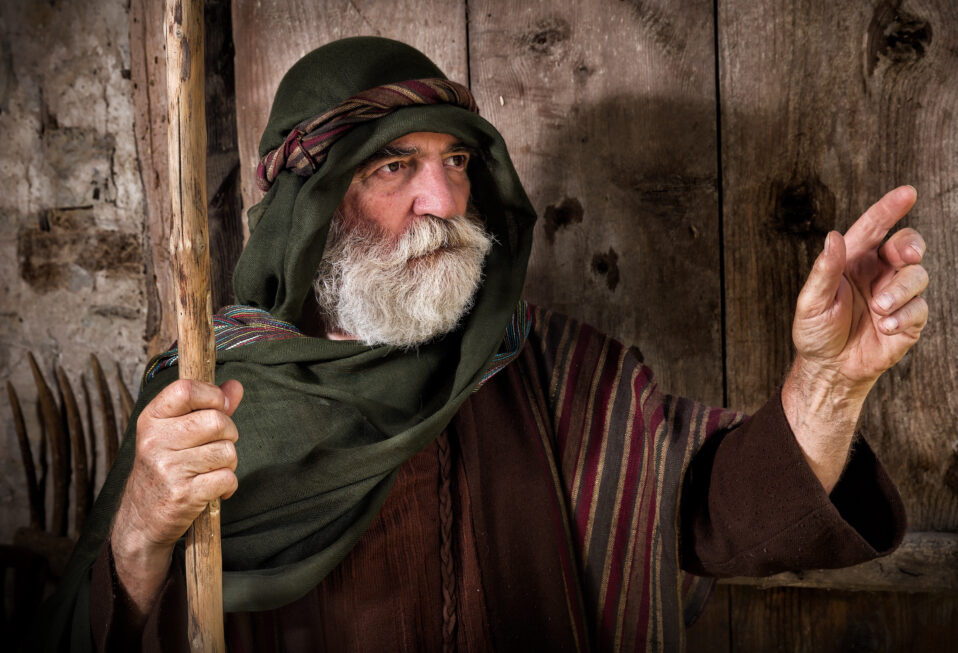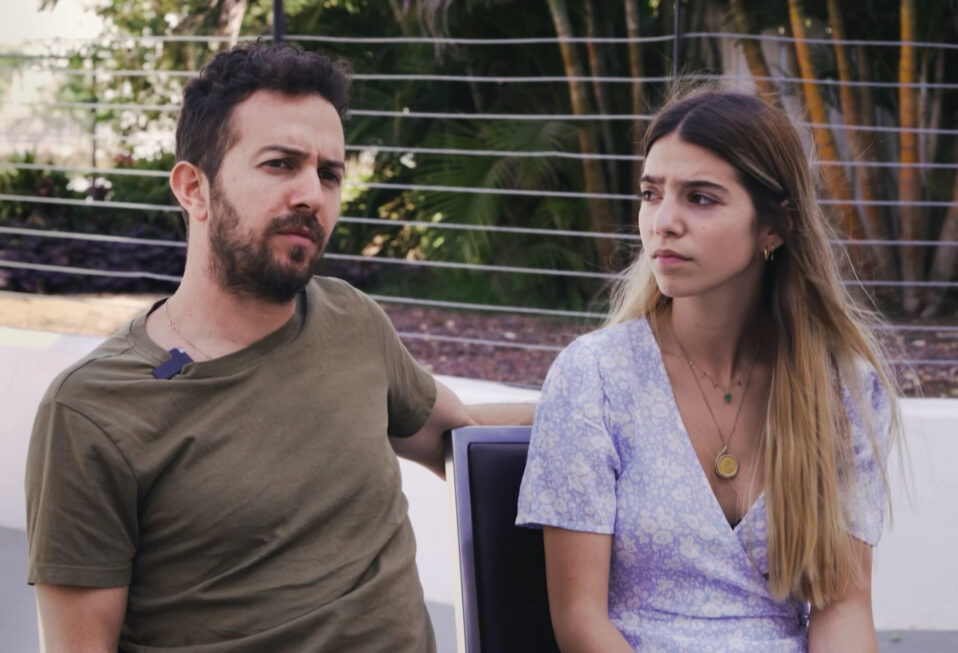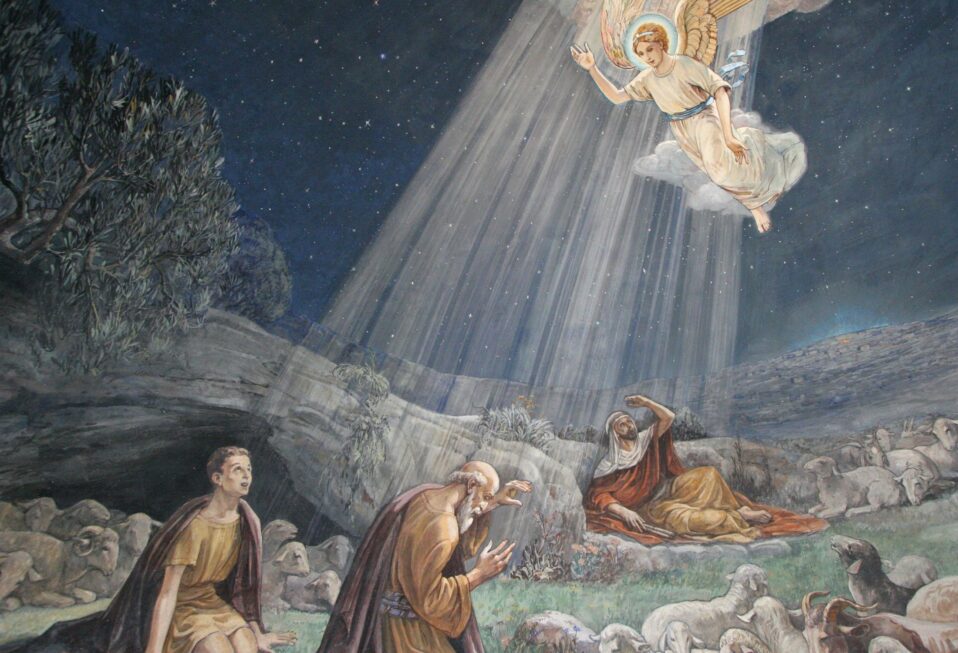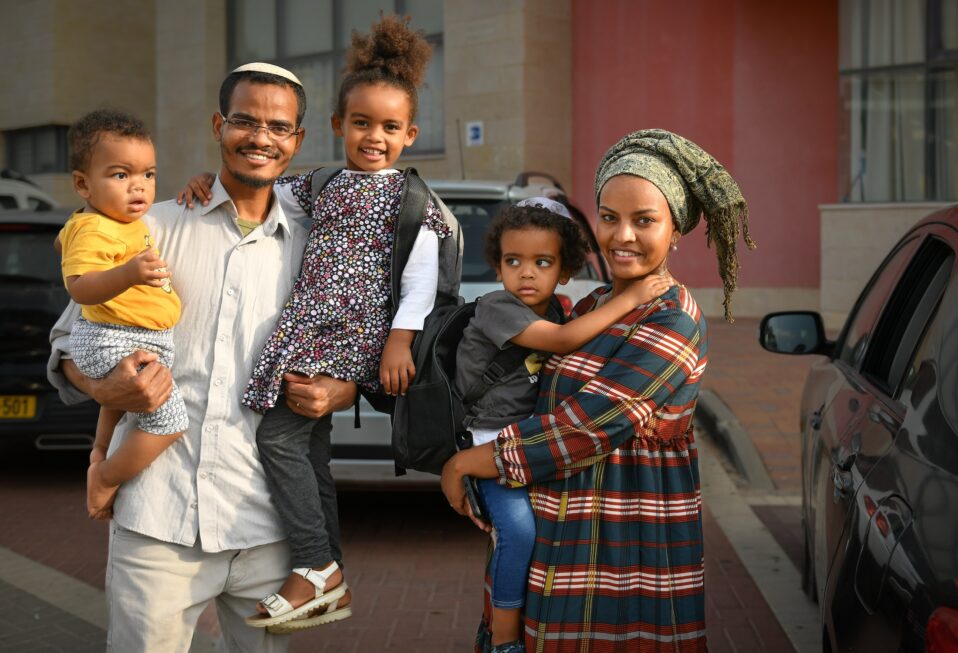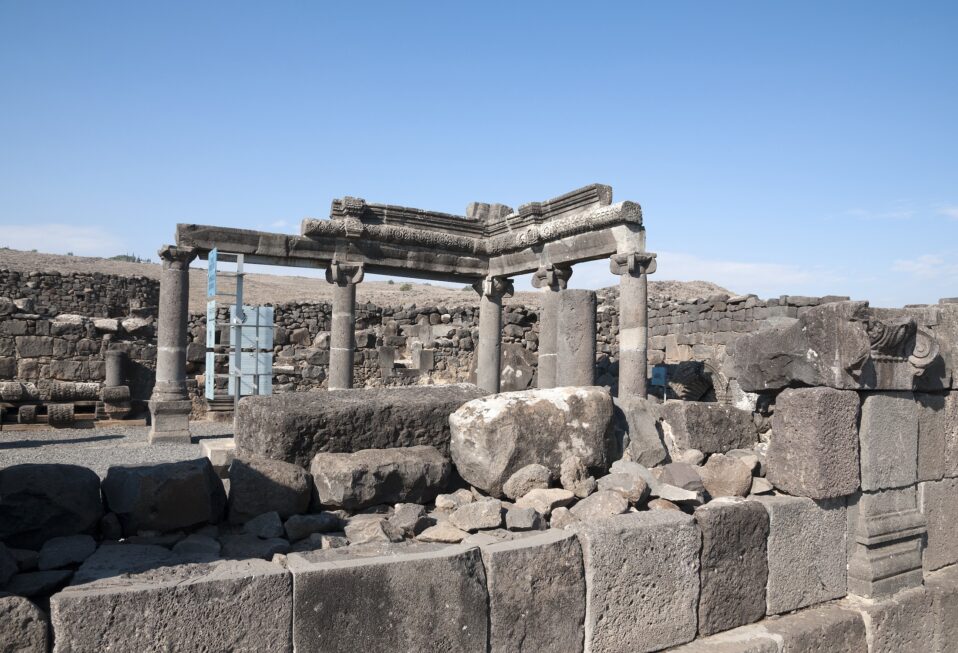By Arlene Bridges Samuels
The exhilarating power of 1,000 Israeli singers and musicians rang out across Israel on December 18, filling hearts worldwide with hope. The “Homeland Concert” in the Caesarea Amphitheatre along the Mediterranean Sea not only beckoned Israelis to remain resilient and strong. Anyone who listened was touched by the power of its eloquent messages, a triumph of the spirit over tragedy.
The concert communicated a profound message for me, for the world, and for 2024—to renew our dedication to truth, remembering how the great prophet Isaiah transmitted God’s promise that, in the future, “the government will be on His shoulders.” Today, we do not know the day of Israel’s forever government. Until then, Israel must press on in the Gaza battlefield—the terror-infested cities in Judea and Samaria—and in northern Israel to defend their homeland against Hezbollah in Lebanon. Israel’s Christian friends worldwide must take up arms on another important battlefield, the information battlefield, to expose Jew-hating lies with clarifying facts.
The famous Caesarea Amphitheatre, site of last month’s concert, echoes with ancient history. Built by King Herod in 22 B.C., this “entertainment” arena featured the mass executions of Jews who revolted against Romans between A.D. 66 and 70. Producer Talya Yarom planned her musical idea “to warm everyone’s frozen hearts” with its “Bring them Home” theme about the remaining 129 hostages. The ancient amphitheater’s more than 2,000-year-old structure is indeed more architectural evidence that Israel is the Jewish homeland. It serves as a reminder to the world that Israel has lived, does live, and will live despite any evil! Am Yisrael Chai, the Nation of Israel Lives!
When some of the hostage families arrived and joined in the singing, their presence deeply reinforced the “Bring Them Home” message. Producer Yarom had envisioned “something that felt universal, national” and without any “big names.” When Yarom sent out the call for volunteer musicians, nearly 2,000 responded. She ended up with 1,000 musicians—professional, amateur, all ages and instruments—with backgrounds in musical genres ranging from orchestral to rock.
A medley of lyrics from beloved songwriter and poet Ehud Manor combined his famous classic song, “Home” or “Bring Them Home” (HaBayita) with “The Hope,” Hatikva, Israel’s national anthem. The elevated atmosphere—expressed in tears, joys, grief, and power—moved the hearts of everyone sitting in the ancient amphitheater and internationally. Not knowing the Hebrew language did not hinder the power of the concert. The voices and instruments conveyed transformative prayers. Here are the English lyrics from Ehud Manor (1941-2005), which Manor wrote in the 1980s:
Another Hour has passed
Another Hour of madness
The weeds have grown in the path and garden
The wind sighed
Opening the shutter
Banging the old wall
As if calling
Home, Home
It’s time to return
From hills and foreign fields
The day is fading and there’s no sign
Home, Home
Before the light is dimmed
Cold nights, bitter nights
Closing in
Until the dawn I pray for you
Bound in the grip of fear
I hear steps
Home, Home
Because it hasn’t yet been given
As was promised long ago.
Conductor Eran Mitelman, maestro Mark Wollach, directors Shilo Gallay and Danny Casson, orchestral arranger Ron Klein, and composer Yair Klinger joined senior producer Talya Yarom for the Bring Them Home Concert, the biggest concert ever held in Israel.
Music has not been confined to the Caesarea Amphitheatre. Various well-known Israeli stars are visiting the wounded in hospitals, families in mourning, and IDF troops. Ishay Ribo held concerts at IDF bases, including a concert along the Gaza border to “lift up their spirits.” He encouraged them with his music and words: “May God succeed through you and your tasks, and may you return home safely and unharmed.”
Ben Ari, a religiously observant singer and father of seven children, served in the army and is not currently called up for reserve duty. After writing a song called Birthplace, he remarked, “This song is dedicated to my nation. … Not the one that was here a week ago [October 7], the one that we’ll create again when all this is over.” He now sings with people, “the best thing I know how to do.” In Birthplace he sings, “You are the special unit, You will always be my homeland. Even on the brink of an abyss, Even in hell, you are heaven, Paradise.”
I’ve looked at video clips where various Israel Defense Forces units are singing to lift their spirits. During Hanukkah they sang their traditional songs as they lit their menorahs on the battlefield or at bases. Other clips include IDF singing the prayer Shema Yisrael, the key affirmation of Judaism—that God is One, and incomparable. It echoes from Jewish hearts as a love song to God.
As part of Israel’s Fellowship of Israel Related Ministries (FIRM), believers have also united in concerts. Acclaimed Messianic artist Joshua Aaron, who leads Gather the Nations worship conferences based in Jerusalem, organized a concert in Israel during Hanukkah. Earlier, on October 21, 2023, Joshua Aaron and Aaron Shust held a benefit concert in Wildwood, Florida, to raise money through ticket sales and additional donations.
Let us remember throughout 2024—during Israel’s war against unleashed evil—that Isaiah 9:6-8 ends with a precious proclamation: “And the government will be on His shoulders. … Of the greatness of His government and peace there will be no end. He will reign on David’s throne and over His kingdom, establishing and upholding it with justice and righteousness from that time on and forever. The zeal of the LORD Almighty will accomplish this.”
Our CBN Israel team welcomes you to join us in prayer for Israel in wartime:
- Pray that IDF’s military leaders will make wise decisions that eliminate Hamas.
- Pray that Arab nations will decide to resettle Gazans within their own (Muslim) borders.
- Pray for an outpouring of commitment from Christians to spread illuminating facts about Israel.
- Pray for strength and breakthroughs for hostages and their families.
- Pray with thanks to God for endowing humanity with songs and music.
Arlene Bridges Samuels pioneered Christian outreach for the American Israel Public Affairs Committee (AIPAC). After she served nine years on AIPAC’s staff, International Christian Embassy Jerusalem USA engaged her as Outreach Director part-time for their project, American Christian Leaders for Israel. Arlene is an author at The Blogs-Times of Israel and has traveled to Israel since 1990. She co-edited The Auschwitz Album Revisited and is on the board of Violins of Hope South Carolina. By invitation, Arlene attends Israel’s Government Press Office Christian Media Summits. She also hosts her devotionals, The Eclectic Evangelical, on her website at ArleneBridgesSamuels.com.




